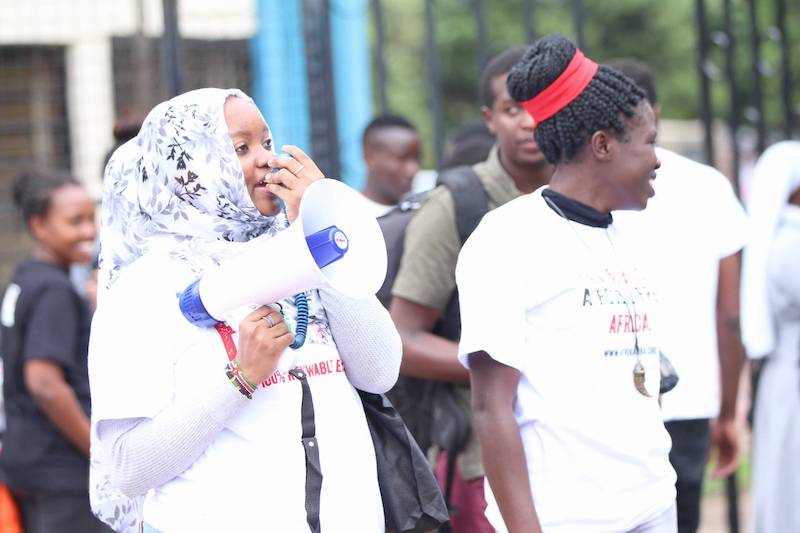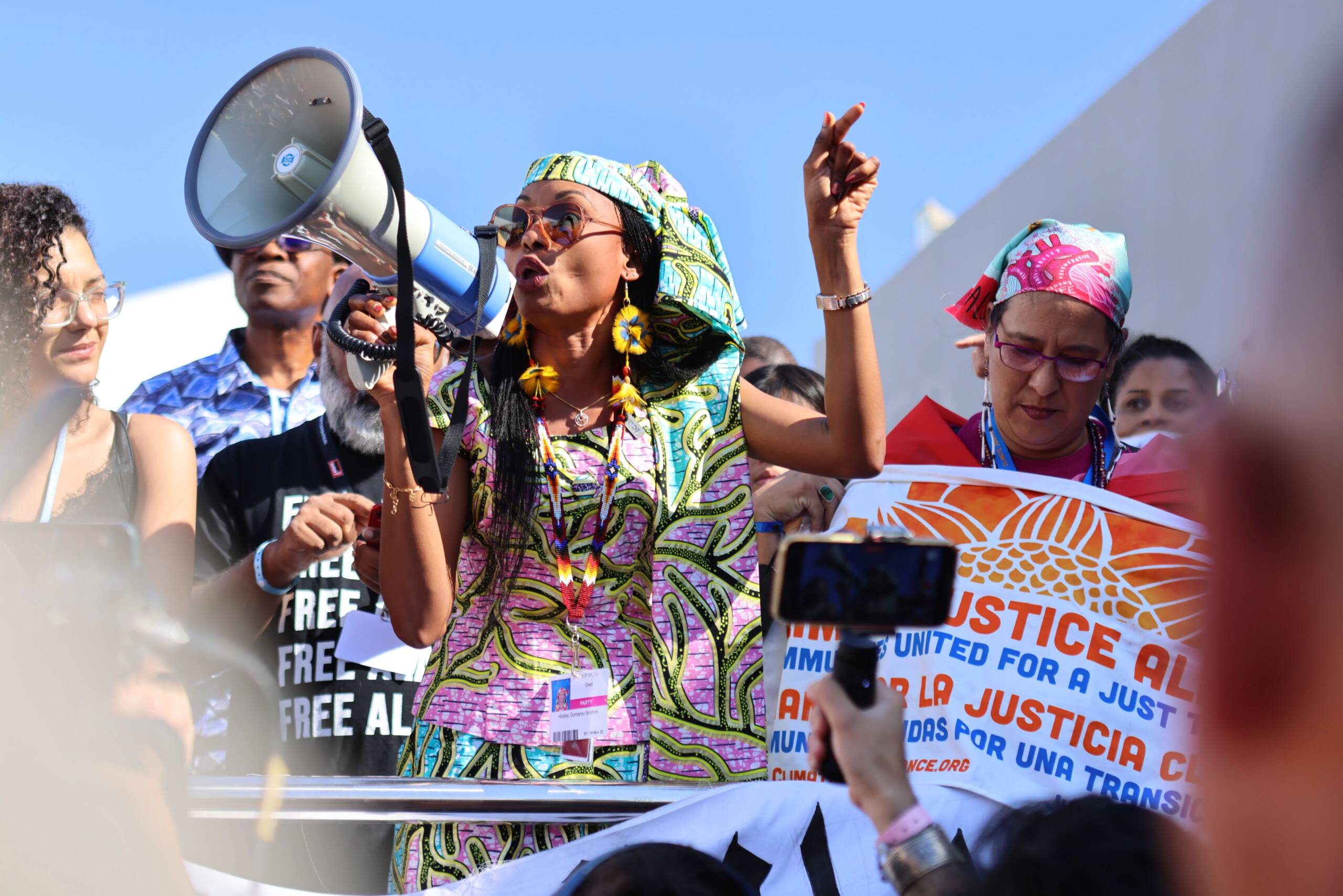350
We fight for a world
beyond fossil fuels.
We believe in a safe climate and a better future — a prosperous and equitable world built with the power of ordinary people, driven by renewable energy and rooted in justice.
JOIN USJoin the Climate Movement:

350.org is building a global grassroots movement to solve the climate crisis.
Our online campaigns, grassroots organizing, and mass public actions are led from the bottom up by thousands of volunteer organizers in over 188 countries.
Sign up for important movement dispatches in the box on the right!
Français | Español | Português | Deutsch | Русский | 中文 | العربية | Polski | Türkçe | Svenska | Nederlands | Bahasa Indonesia | 日本語 | 한국어
How We Work
Our movement is rising up for bold climate action. We work with people across the world to oppose those wrecking our climate and to fight for a sustainable future. At every step of the way we are driven by the knowledge that every voice makes a difference, and every battle won is another step towards a safe, liveable planet.
Here’s how we do it:

Stop fossil fuel projects everywhere
Rukiya Khamis, our regional organiser in Africa, builds grassroots power to stop oil and coal projects and enable affordable community-led renewable energy in Ghana, Nigeria, Kenya, Uganda and Tanzania. Right now, one of her top priorities is supporting communities to stop the East African Crude Oil Pipeline (EACOP), a neocolonial project which threatens to displace tens of thousands of people across the region, destroy livelihoods, water and the environment. Learn more about the work of Rukiya and others to keep fossil fuels in the ground:
Learn More
Halt fossil finance, invest in renewable solutions
Amara Possian leads 350.org’s team in Canada and supports them in their mission to build a people-powered movement strong enough to win the ambitious climate action we need. Through the Tax Big Oil campaign they have brought thousands of Canadians into the climate fight while building pressure on the Trudeau government to tax the fossil fuel industry’s excess profits to fund a just transition to 100% clean energy. Learn more about work of Amara and others to erode the economic power of the fossil fuel industry and champion real climate solutions:
Learn More
Power up campaigns for energy justice
Shibayan Raha, our senior digital organiser in South Asia, is always looking for engaging ways to foster people power. One of these efforts is in helping to build a strong movement for a Green New Deal in Bangladesh, which supports local communities and climate defenders in their efforts to persuade the government to walk away from dirty fossil fuels, and move towards a more just and equitable renewable energy future. Learn more about the work of Shibayan and others pushing for solutions to the climate crisis and the future we all need and deserve:
Learn MoreGet Involved
This is a movement made up of ordinary people taking action in several ways, from quick online action to deep organising and campaign leadership. You can help build a world free from fossil fuels and power up the transition to a safe, just and renewable future.
GET INVOLVED► Help 350.org build a powerful climate movement.
We believe in a safe climate and a better future — a just, prosperous, and equitable world built with the power of ordinary people. Help us get there!
